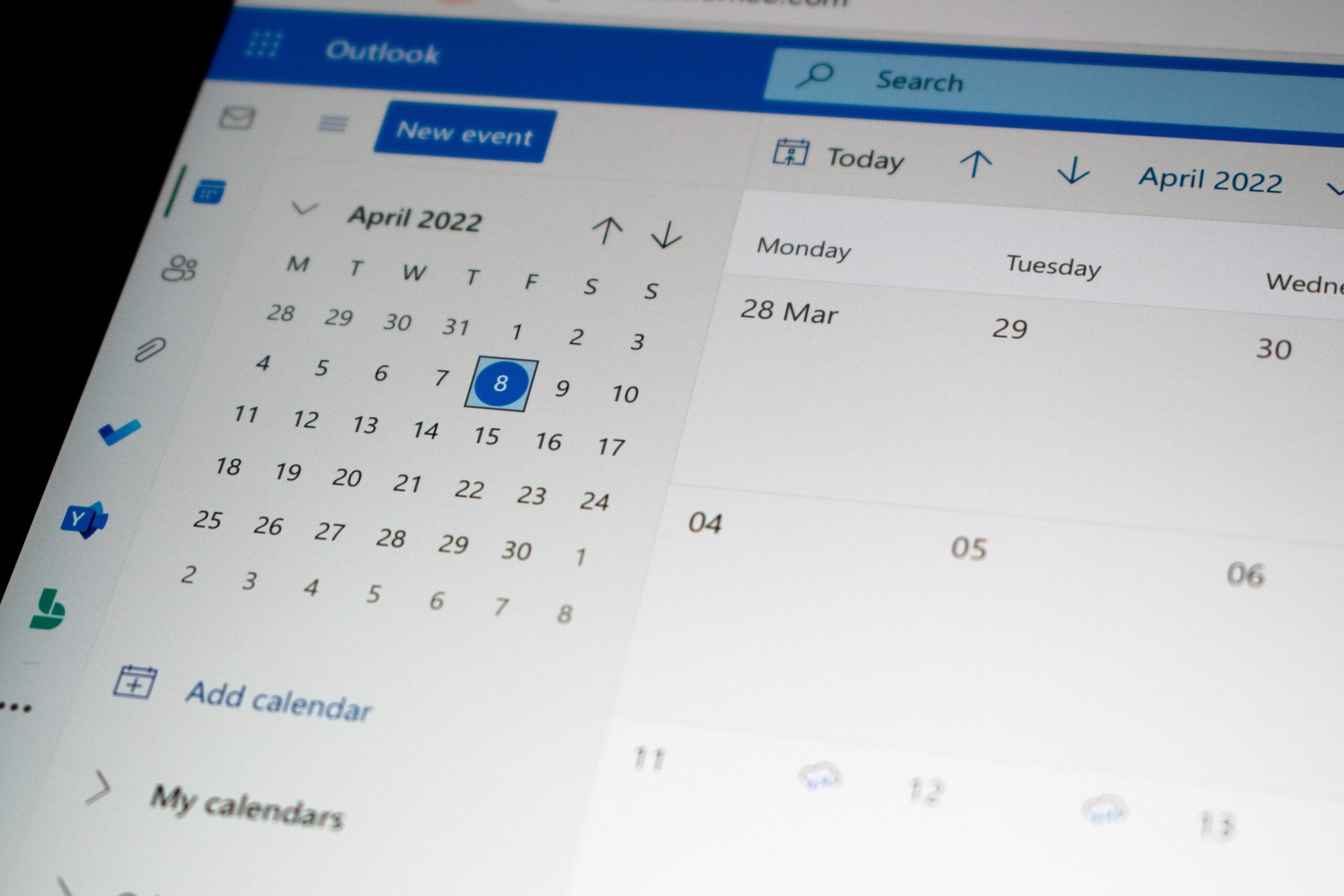
Software usage data is critical to SaaS optimization
SaaS has grown phenomenally in recent years. A survey by BetterCloud (State of SaaSOps) found that SaaS applications account for 70% of companies’ total software usage, and those companies expect that just 15% of their software will be non-SaaS by 2025.
It’s no wonder that software vendors are increasingly pushing companies into the cloud. But that shift can be difficult for IT departments whose staff lacks the expertise to maximize this new environment. How can you prevent your company from overspending on SaaS applications?
Arm yourselves with data. A company that understands its software usage is perfectly positioned to optimize its SaaS spending.

1. Stop guessing and start knowing
Your IT department acquires the software and platforms it thinks your company needs, but do you know how much of it is being used by your employees? Gartner estimates that 25% or more of the SaaS companies pay for is unused.
Assessing use at your company can reduce software costs, but that requires precise data. So make sure your data is:
- Accurate. It may seem obvious, but you have to be able to trust your data. You need to be completely sure that a user isn’t using the software before you cancel the license, and you also need to be sure that you aren’t getting false positives for unused licenses.
- Timely. Collect the most up-to-date information and do so quickly. Waiting months for licensing data or collecting data about historical usage won’t help you make the right decisions.
- Automated. Asking staff to manually review log files from firewalls or browser histories takes too much time and leaves room for errors. It’s more effective to automate this process.
- Detailed. Aggregate data is great for revealing trends, but you need details to make informed licensing decisions. Make sure you know exactly which components of your suite of applications are being used (or not).
Read on for more information about your SaaS optimization.
2. Collect the data you need
It also can be difficult to know what kind of data you need. Common problems include:
- Knowing what software to track. You might know that your company has a contract with Microsoft, but do you know how employees are using it? Is your staff using Teams for meetings, or do they prefer Zoom? If the latter, do you need a new company-wide Zoom subscription, should you push them to Teams, or should you remove Teams from your license?
- Collecting aggregate rather than individual data. Simply tracking application- or license-level data limits the scope of your knowledge. You need user-level data to answer questions about a feature or license usage.
- Getting usage reporting at the right level. You need feature-level usage data to make good decisions. How often are staff using certain features? And are the features your staff use appropriate to the tier of license you have?

Need help to optimize your SaaS?
3. Effectively monitor your software usage
A team that’s working from a single playbook is essential to strong software license negotiations. Your software buy probably has multiple stakeholders, each with their own goals and communication styles. Software vendors are skilled at exploiting these differences.
That’s why you need internal agreement about procedures before you negotiate. Who is your company’s contact for the vendor? Are other people allowed to communicate with the vendor? If not, how should they communicate their needs to your internal spokesperson? And what should managers do if the vendor attempts to contact them directly? Your vendor has a process for negotiating software license agreements; so should you.
Trusted by government and businesses




4. Blackbelt XP Data Analytics
Thanks to our smart tools, we give you full transparency into your company’s software usage. With Blackbelt XP Insights, you always have the relevant data you need to optimize your SaaS and other software purchases. Our expert analysts scrutinize your data and help you make the best strategic decisions. Contact us today for a free, no-obligation consultation.


